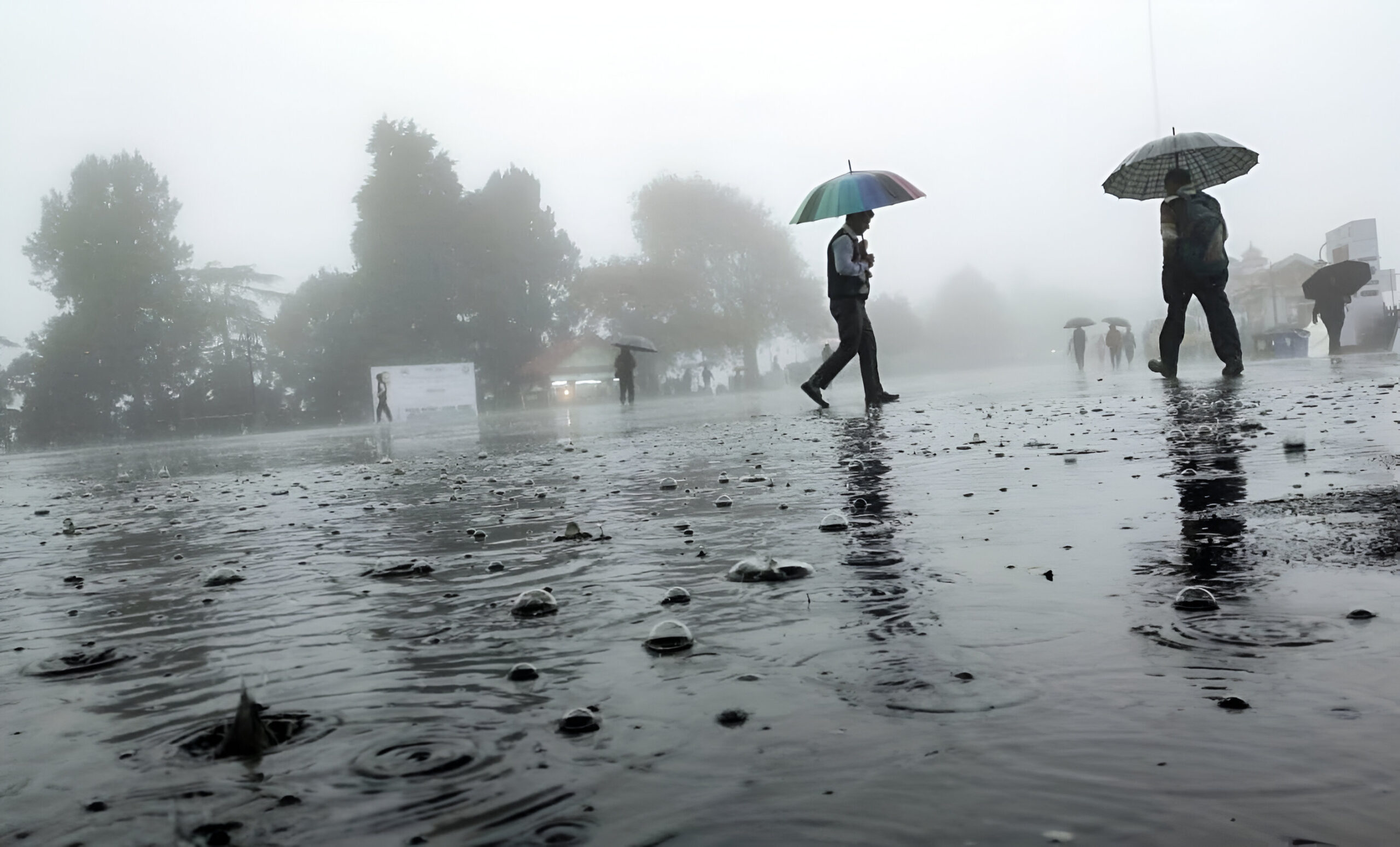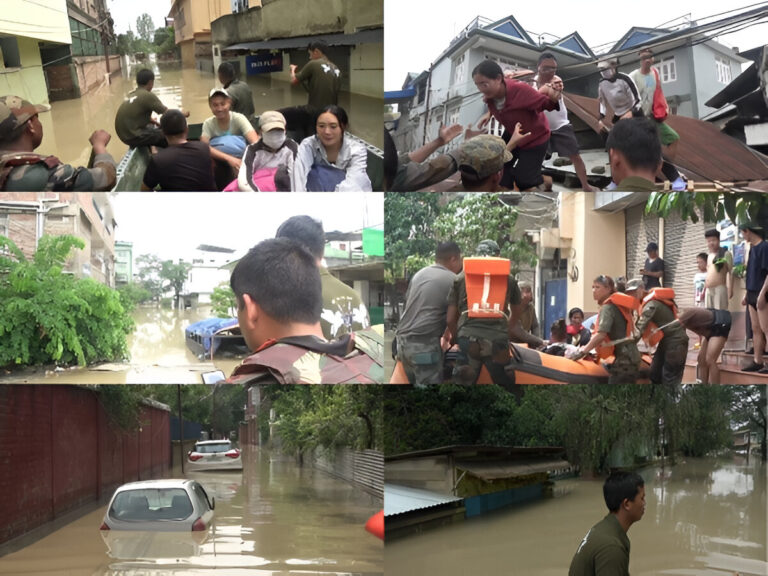Weather Alert: Heavy Rain, Thunderstorms, and Hailstorms Expected Across 25 Indian States
Quick Summary
The India Meteorological Department (IMD) has issued a weather alert forecasting heavy rainfall, thunderstorms, and hailstorms across 25 Indian states. This significant weather event is expected to impact regions including Assam, Meghalaya, West Bengal, and several others. A rain warning has also been issued in Arunachal Pradesh, Nagaland and Manipur. Heavy rain with thunder is also possible in Mizoram, Tripura and Maharashtra. Residents are advised to stay updated with local weather reports and take necessary precautions to ensure safety.
Brace Yourself: India’s Upcoming Weather Rollercoaster
Introduction: What’s Brewing in the Skies?
Ever felt the sky was plotting something dramatic? Well, for a significant part of India, that’s precisely the case. The IMD has sounded alarms about an impending weather upheaval—think heavy rains, roaring thunderstorms, and even hailstorms. It’s not just a drizzle; it’s a full-blown meteorological spectacle.
The Meteorological Breakdown: What’s Causing the Stir?
India’s diverse topography and climatic conditions often lead to complex weather patterns. Currently, a combination of western disturbances and moisture-laden easterly winds is setting the stage for widespread precipitation. These systems are interacting over the northern and northeastern regions, leading to the formation of cumulonimbus clouds—those towering giants responsible for thunderstorms and hail.
States on High Alert: Is Your Region Affected?
The IMD’s alert isn’t limited to a few areas; it’s expansive. States expected to experience significant weather activity include:
- Assam and Meghalaya: Heavy rainfall accompanied by thunderstorms.
- West Bengal: Intense showers with potential hail in certain districts.
- Uttar Pradesh and Bihar: Thunderstorms with gusty winds.
- Odisha and Jharkhand: Rainfall with chances of localized flooding.
- Madhya Pradesh and Chhattisgarh: Scattered thunderstorms.
Residents in these regions should stay tuned to local weather updates and heed any advisories issued by authorities.
Understanding the Phenomena: Thunderstorms and Hailstorms
Thunderstorms are more than just dramatic light shows. They result from the rapid upward movement of warm, moist air, leading to the formation of cumulonimbus clouds. Within these clouds, strong air currents can cause water droplets to freeze and grow into hailstones. When these hailstones become too heavy, they plummet to the ground, sometimes causing significant damage.
Safety First: Precautions to Take
When nature decides to showcase its might, it’s best to be prepared. Here are some safety tips:
- Stay Indoors: Avoid venturing out during severe weather.
- Secure Loose Items: Ensure that objects like flower pots or outdoor furniture are secured to prevent them from becoming projectiles.
- Avoid Electrical Appliances: During thunderstorms, it’s advisable to stay away from electrical devices to prevent shock hazards.
- Stay Away from Trees: Lightning often strikes tall objects; avoid taking shelter under trees.
Impact on Daily Life: What to Expect
Such widespread weather events can disrupt daily routines:
- Transportation: Flight delays, train cancellations, and waterlogged roads.
- Power Outages: Fallen trees and lightning can damage power lines.
- Agriculture: Crops may suffer due to excessive rainfall or hail damage.
Being mentally prepared for these disruptions can help in managing them effectively.
The Bigger Picture: Climate Patterns and Their Role
While individual weather events are influenced by immediate atmospheric conditions, broader climate patterns play a role too. Phenomena like La Niña or El Niño can affect monsoon patterns, leading to anomalies in rainfall distribution. Understanding these patterns can aid in better forecasting and preparedness.
Community Efforts: How You Can Help
In times of adverse weather, community support becomes invaluable:
- Check on Neighbors: Especially the elderly or those living alone.
- Share Information: Disseminate accurate weather updates through social media or community groups.
- Volunteer: Assist local authorities in relief efforts if safe and feasible.
Conclusion: Navigating Nature’s Whims
Weather, in all its unpredictability, reminds us of nature’s power. While we can’t control it, staying informed and prepared can make all the difference. As the skies prepare to unleash their fury, let’s ensure we’re ready to face it head-on, armed with knowledge and caution.
FAQs
Q1: How can I receive real-time weather updates?
A1: You can download the IMD’s official app or follow their website for timely updates.
Q2: What should I do if caught outside during a hailstorm?
A2: Seek immediate shelter in a sturdy building or vehicle. Avoid open fields and tall structures.
Q3: Can thunderstorms cause power outages?
A3: Yes, lightning strikes can damage power infrastructure, leading to outages.
Q4: How do hailstorms affect agriculture?
A4: Hail can damage crops, leading to reduced yields and financial losses for farmers.
Q5: Are such widespread weather events common in India?
A5: While India does experience varied weather patterns, simultaneous severe events across multiple states are relatively rare and often linked to specific climatic conditions.





